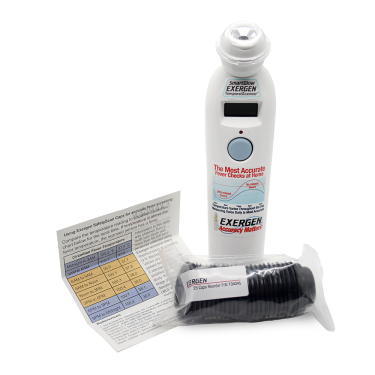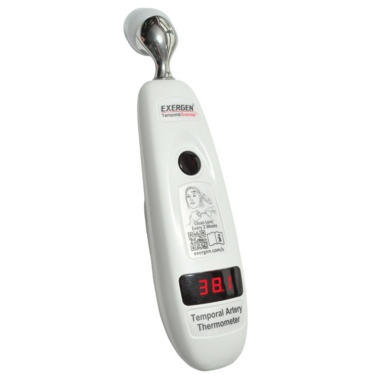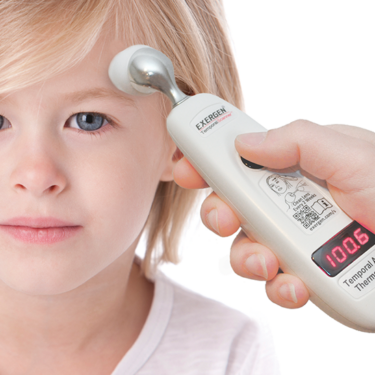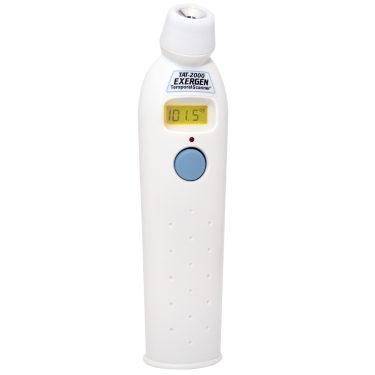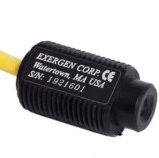Lyme disease is spread by tick bites, and it’s especially common in places like the Northeast, mid-Atlantic, and upper Midwest. New England sees a lot of tick-borne diseases like Lyme because of its unique ecosystem. With temperatures around 40°F in New England right now, ticks are more active than ever.
Caused by the Borrelia bacterium, Lyme disease is treatable with antibiotics. If untreated, it can lead to complications affecting the joints, heart, and nervous system.
What Is Lyme Disease and its Symptoms?
Lyme disease happens when someone is bitten by an infected tick. These ticks are often very small, like a poppy seed, and hard to spot.
One of the first signs of Lyme disease is a “bullseye” rash, which looks like a red ring with a clear center. This usually appears between 3 and 30 days after a bite, but not everyone gets a rash.
Other signs mimic the flu and include fever, chills, headaches, and fatigue. These sysmptoms might be accompanied by joint pain or muscle aches. If someone has these symptoms and has been exposed to ticks, it’s good to see a doctor.
How Regular Temperature Checks Can Help
Fever is one of the symptoms of Lyme disease. Regularly checking body temperature can be an easy way to catch it early, making it possible to start treatment sooner. Checking temperature twice a day can help spot signs of infection right away.
A great tool for this is the Exergen Temporal Artery Thermometer. It’s quick, reliable, and simple to use. Just a gentle scan of the forehead gives an accurate reading without any discomfort, which is especially helpful for younger kids who might not sit still for a thermometer in their mouth.
How to Prevent Lyme Disease
Preventing Lyme disease is all about protecting yourself from ticks. This means wearing long pants and sleeves, using insect repellent that contains DEET or other approved ingredients, and being vigilant about checking for ticks after being outdoors. Early detection and treatment are crucial to avoiding long term serious health problems.
Sources:
- Huffington Post: https://www.huffpost.com/entry/the-4-biggest-early-warning-signs-of-lyme-disease-goog_l_67e2d0e1e4b08a25a233a984?origin=top-ad-recirc
EXERGEN P/N 850409, Rev 1

